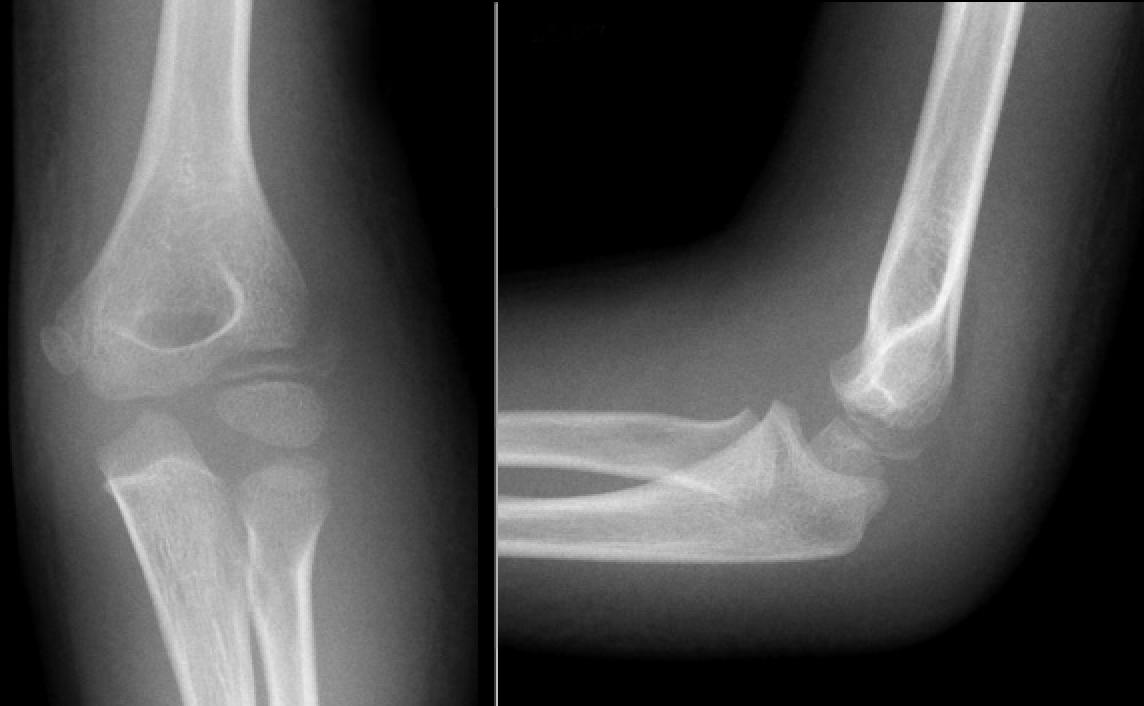
If pins were used, 72 percent of elbow range of motion may be recovered by six weeks after surgery. Total recovery time from the fracture will vary. Children sometimes describe it as “it feels funny,” or “it feels weird.” There’s often no need for anesthesia in this procedure, although there may be some discomfort. If pins are used, these are normally removed in the doctor’s office three to four weeks after surgery. If your child is injured, they may be able to return to school within three to four days after surgery, but they should avoid sports and playground activities for at least six weeks. Call your doctor if your or your child’s temperature goes above 101☏ (38.3☌) or lasts for more than three days.

It’s normal for a low-grade fever to develop within the first 48 hours after surgery. Your doctor may suggest over-the-counter pain relievers, such as aspirin, ibuprofen (Advil, Motrin), or acetaminophen (Tylenol). Some pain is likely after the pins and cast are in place. Even the more severe type 3 injuries can often be treated by closed reduction and percutaneous pinning. Open reduction is required only occasionally. If the displacement is more severe or there is damage to the nerves or blood vessels, open surgery will likely be needed.
#Left supracondylar fracture icd 10 skin#
Along with resetting of the bones as described above, your doctor will insert pins through the skin to rejoin the fractured parts of the bone.
#Left supracondylar fracture icd 10 full#
Sometimes a splint is used first to allow the swelling to go down, followed by a full cast. Surgery is usually not necessary if the fracture is a type 1 or a milder type 2, and if there are no complications.Ī cast or a splint can be used to immobilize the joint and allow the natural healing process to begin. If you suspect you or your child has a supracondylar or other type of fracture, see your doctor or go to the emergency room as soon as possible.

If a physical examination shows likelihood of a fracture, the doctor will use X-rays to determine where the break occurred, and to distinguish a supracondylar fracture from other possible types of injuries.


 0 kommentar(er)
0 kommentar(er)
